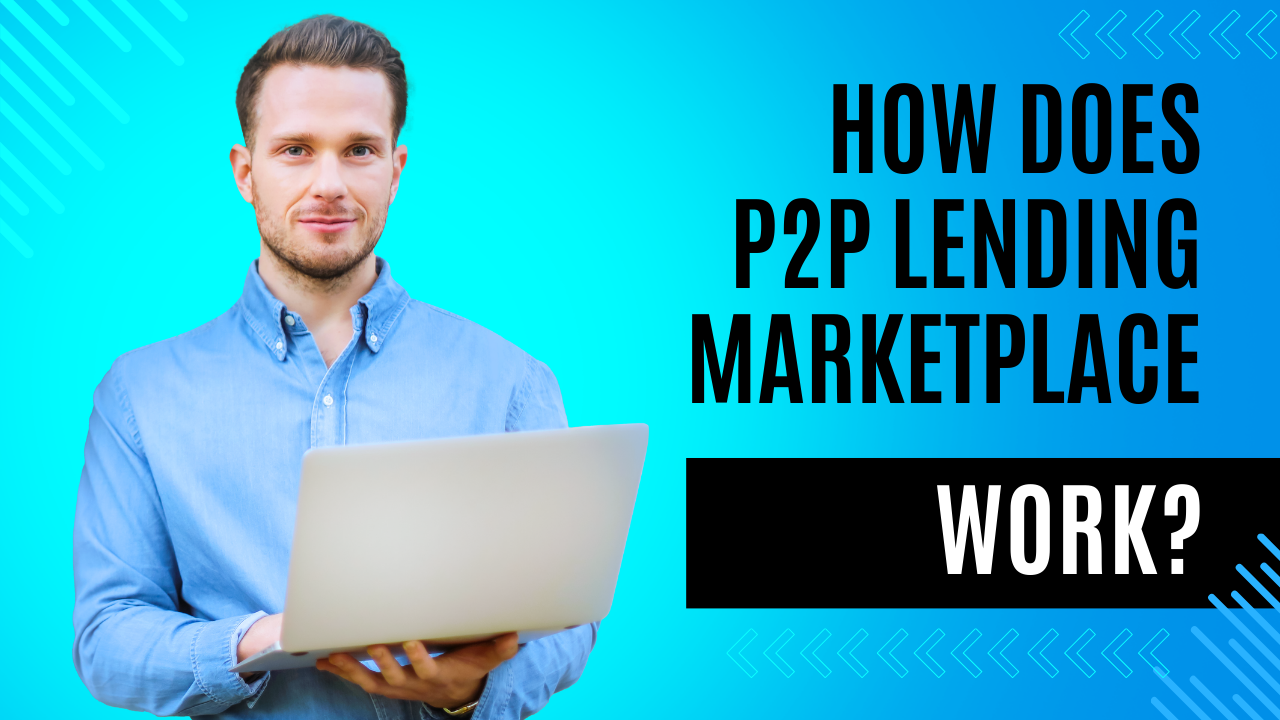P2P lending platforms offer borrowers a quicker and less cumbersome process for seeking financing than traditional bank loans. Moreover, they claim to have lower interest rates.
These companies charge a late fee from borrowers if they don’t meet their repayment obligations in time. This fee helps them earn revenue.
How P2P Lending Marketplaces Operate
P2P lending platforms are special online marketplaces that connect borrowers and lenders, bypassing traditional loan institutions like banks. They promote fairer rates for borrowers and higher returns for investors.
Borrowers apply for a credit application on the website and wait to receive loan proposals from the investors present on the platform. The company operating the P2P lending platform sanctions the request after evaluating the borrower’s credit score and assigning interest rate.
Those who want to invest in a loan pay an upfront fee and then select the borrower they wish to finance. Once the loan is disbursed, the borrower has to make periodic payments and repay the principal at maturity. The platform’s companies charge a service fee to both the borrowers and investors for managing the process. A dashboard for borrowers provides them with transparency throughout the duration of their loans. They can use the dashboard to track their progress, monitor payment history, & communicate with investors.
Borrower-Lender Connections
The most common form of P2P lending involves a single intermediary between the borrower and lender (the platform) which makes it fairly easy for investors to understand the business model and their incentive. In this model, at the time of loan repayment, both principal and interest are deposited into the investor’s sub-account on the P2P lending portal.
Other types of P2P lending include unsecured personal loans, student loan refinancing and mortgages. In these cases, the P2P lending company acts as a broker and may require the borrower to provide a credit report.
P2P lenders also generate revenue by charging fees to borrowers and/or lenders for a variety of services. These fees are typically based on the amount of the loan and the type of service being provided. They can be charged as a percentage of the loan amount or a flat fee per transaction. This can add up quickly if a large number of loans are made.
Transaction Processes
P2P lending marketplaces make their money through the fees they charge borrowers and lenders. Borrowers pay a loan origination fee, while investors pay an investor service fee.
The loan origination fee is charged by the company after the borrower submits a loan request. The company then checks the borrower’s identity & credit worthiness & publishes the loan listing on its website. Lenders then identify the listing & act on it. When they approve the listing, funds are transferred from their account to the borrowers’ accounts.
Pros of P2P lending for borrowers include a streamlined application process and lower interest rates than traditional bank loans. But borrowers can run into issues, like overextending and a poor debt-to-income ratio. Pros for lenders include higher yields than they would get from traditional investments and the ability to diversify their portfolio. However, these loans are high-risk and can suffer from market volatility. Investors must be willing to take on some risk and have a strong understanding of the loan-to-value (LTV) ratio of the loan they are funding.
Revenue Model
Most P2P lending marketplaces make money by charging borrowers and lenders various fees. These fees typically include application, loan origination, loan servicing and credit assessment fees. In addition to these fees, a number of companies also charge back-channel affiliate programmes which run in parallel with their P2P platform business.
Borrowers can receive financing on terms that are much more flexible than those offered by banks, which can be advantageous if they need funding quickly or have less-than-perfect credit. They are usually required to provide a credit profile that is reviewed by investors and then may be offered multiple loans.
Investors can expect returns several percentage points higher than those of a bank CD and have some level of control over their investment portfolios through options like selecting which risk categories to invest in, and the term and credit score range of borrowers that they are willing to fund. Borrowers pay interest on their loans, which can be paid directly to the lender or through the P2P company’s loan management system.











